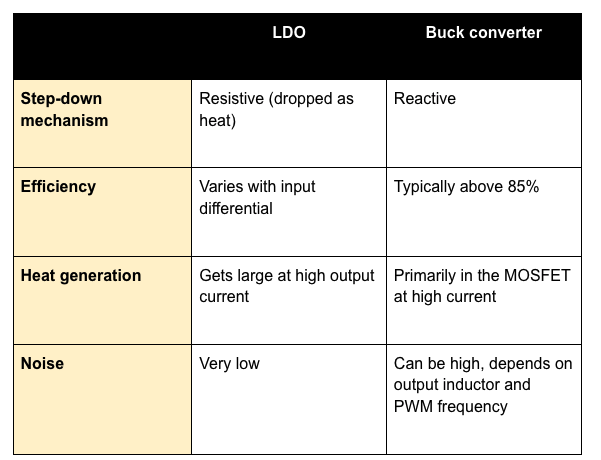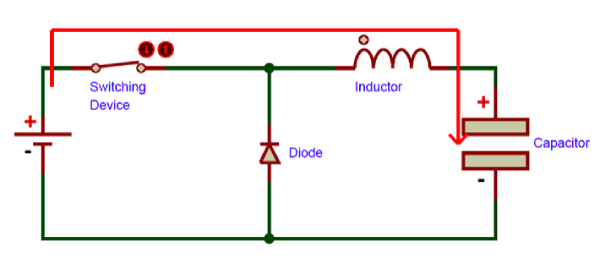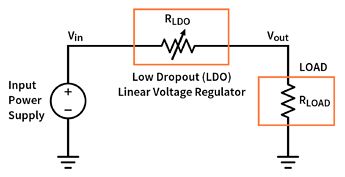In consumer electronic devices, buck converters and low-drop regulators are a hallmark of power electronics in these devices. Any device that requires more than one fixed voltage will use either a buck converter or LDO. Examples include:
- Electric Skateboards & Scooter
- Google Home, Amazon Alexa
- Robotics
At a high-level, when considering between the two options it’s important to establish the types of components that need power, and how much power they consume. As a refresher, different sensors & modules have a set operating voltage. For example, a lithium-ion battery can provide 24 V, but the MCU may need 5 V, while the hub motors of scooter need 12 V, etc.
Below is a table that lists differences between LDO’s and Buck converters.

When comparing the two directly, LDO’s hold main advantages in that they are:
- Cost-Effective
- Easier to Implement with fewer components (i.e component is simple voltage regulator)
- Low noise output
The main disadvantages however are that when the input voltage is much greater than the output voltage, the component becomes increasingly inefficient (i.e. power not delivered is lost as heat)
Circuit Diagrams:

